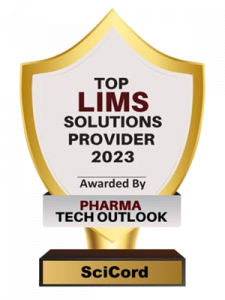Choice of Solutions
Once you have decided that you’re ready to transition to a new ELN or LIMS you will need to decide whether to implement a
- Traditional solution
- A Cloud hosted solution
- A Cloud solution provided as a service (Software as a Service or SaaS)
Traditional ELN/LIMS vendors have historically controlled the market, however SaaS providers have made recent advances. As you consider a solution for your lab, you will need to assess the risk/benefits associated with each type of solution.
Progression to the Cloud
Cloud computing concepts are not as new as you would think. In fact, since the 1950s the computer revolution was driven by hugely expensive mainframes shared among “dumb” terminals. This configuration shares similarities with the Cloud only limited within a company. Introduction of affordable personal computing in the 80s and 90s revolutionized home computing but companies continued to keep big, expensive, server farms inside their corporate walls.
The advent of the Internet introduced the “Cloud” era. Products like Salesforce and services like Amazon Web Services gave Cloud access to any size company providing scalable, secure and inexpensive remote computing. This revolution is not (only) driven by the research of computing power but, rather, by the
infinite possibilities of having a system that can be used anywhere and by anyone.
Some of the benefits derived from Cloud solutions:
- Ability to access data remotely
- Minimize Total Cost of Ownership – IT footprint (Hardware, Maintenance, Personnel)
- Scalability – easily scale hardware to support user load.
Recognize the Total Cost of Ownership of a traditional solution
Actually, “out of the box” traditional solutions entail a big effort to install, setup, and configure.
These are complex systems that require dedicated Servers, Databases, File Shares and Integration with other systems. Once those items have been accounted for there will still be a need to allocate a team to support the various systems and take care of all the periodic activities like monitoring and patch installations.
Even if your Company already has a strong IT footprint, ask yourself, “
How efficient can our IT department be when supporting a tool that’s not developed by them? How many hours, days or months would they need to invest in keeping themselves up to date with the latest releases or investigating every issue that will arise? Is this necessary for our core business?”.





Recent Comments